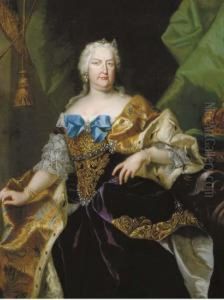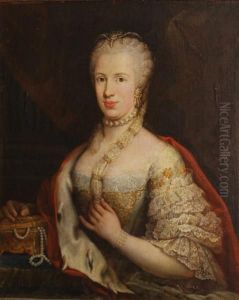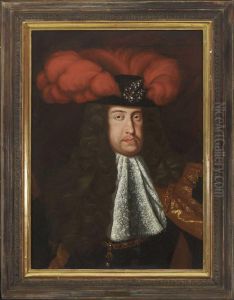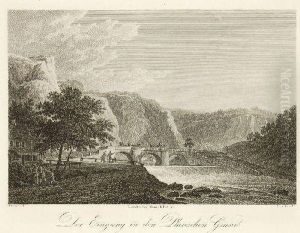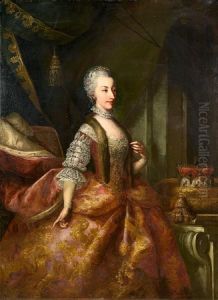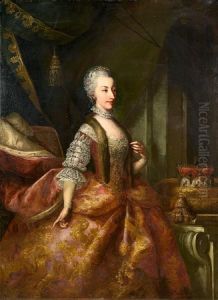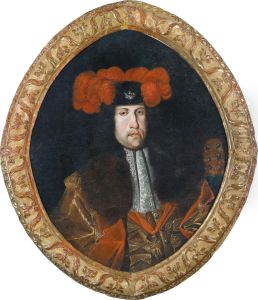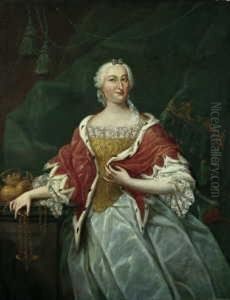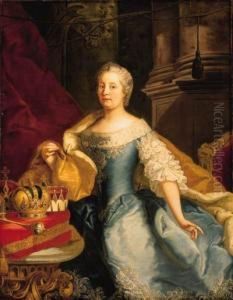Johann-Gottfried Auerbach Paintings
Johann-Gottfried Auerbach was an Austrian portrait painter and a significant figure in the early 18th-century European art world. Born on October 28, 1697, in Graz, he was part of the Baroque movement that dominated much of European art at the time. Auerbach's work was particularly noted for its expressiveness and the vivid portrayal of his subjects.
Auerbach began his artistic education in his hometown before moving to Vienna, where he furthered his studies and established his career. His talent was recognized early on, and he became a sought-after portraitist among the Austrian nobility and higher social circles. His portraits were known for their intricate attention to detail and the ability to capture the character and social status of his sitters.
Throughout his career, Auerbach received numerous commissions from the imperial court and the aristocracy, which allowed him to achieve financial stability and a certain level of prestige. He became a member of the Vienna Academy and was well-respected by his contemporaries. His style evolved over time, reflecting both the influences of his predecessors and his own personal developments as an artist.
Auerbach's legacy includes a vast collection of portraits that offer insight into the cultural and political milieu of his era. His works can be found in various museums and collections across Europe. Despite his success, Auerbach's name is not as widely recognized today as some of his contemporaries, but his contributions to portrait painting during the Baroque period continue to be appreciated by art historians and enthusiasts.
Johann-Gottfried Auerbach's life and career were cut short when he died on August 5, 1753, in Vienna. However, the quality and quantity of his work have left a lasting imprint on the world of art, ensuring that his skill as a portraitist is remembered and celebrated.
